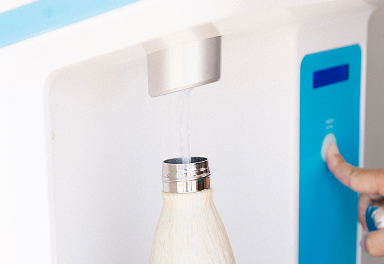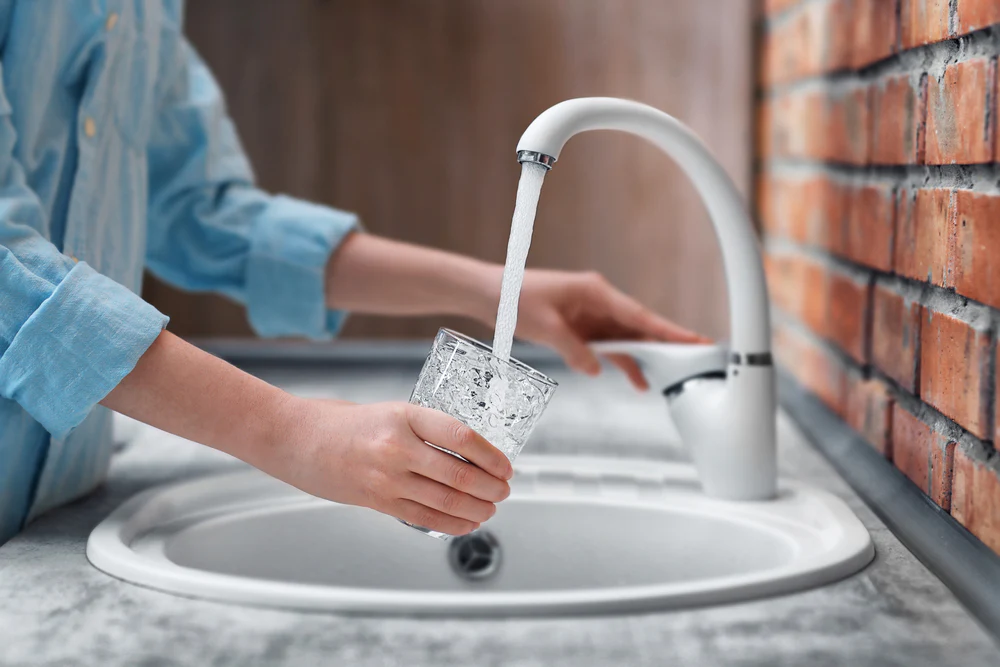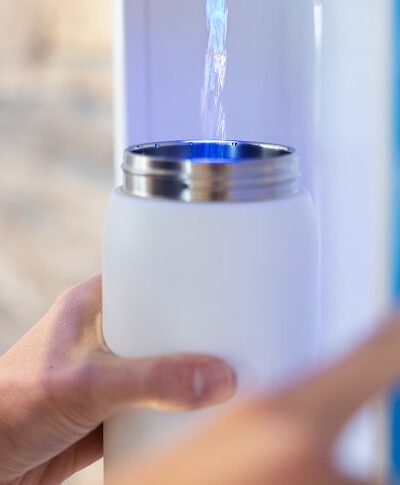A recent population-based study published in JAMA Network Open found a significant link between living near golf courses and an increased risk of Parkinson’s disease (PD). Here’s a breakdown of the findings and steps you can take to reduce your exposure:
- Individuals living within one mile of a golf course had a 126% higher risk of developing PD compared to those living more than six miles away
- Those residing within the same municipal water service area as a golf course had nearly double the risk compared to areas without golf courses
- Living in vulnerable groundwater regions—areas prone to seepage—while sharing water services with golf courses was linked to an 82% higher risk
- Risk remained elevated up to three miles away, with each additional mile adding about 9% less risk, suggesting a “ceiling effect”
The Role Of Pesticides
Golf courses use neurotoxic pesticides—such as chlorpyrifos, paraquat, maneb, and others—at extremely high levels (up to 15× higher than typical agricultural use in the U.S.) These chemicals can:
- Drift through the air and be inhaled or absorbed from nearby areas
- Leach into groundwater, contaminating municipal supply systems, especially in hydrologically vulnerable regions

What You Can Do to Protect Yourself
Should you sell your home and move away if you live next to a golf course? In short, no. You can take much more practical precautions to limit your exposure to pesticides.
1. Install and use an effective water purification systems
- Carbon Filters: Granular activated carbon (GAC) filters effectively capture many pesticide residues.
- Reverse Osmosis (RO): Highly efficient at removing up to 99% of pesticide contaminants.
- FloWater Refill Station: Proven to remove pesticides, microplastics, heavy metals, and more through its 7x Advanced Purification—then add back beneficial minerals and electrolytes for optimal hydration.
2. Learn More About Your Tap Water
You can use our free tap water quality report tool to get accurate information about the contaminants in your water supply. Our data comes directly from the EWG (Environmental Working Group) and shows specific information about what contaminants are in your local water source.
3. Advocate for Safer Practices
Engage with local officials or environmental groups to promote reduced pesticide use, buffer zones, or alternate, safer maintenance methods on golf courses nearby.
4. Reduce Airborne Exposure
Keep windows closed during and shortly after pesticide application seasons, especially in spring and early summer.
Why It Matters
Parkinson’s typically develops over decades—long-term exposure is a major factor. While this study doesn’t prove causation, it strengthens the link between environmental pesticide exposure and PD. Taking preventive actions now can lower lifelong risks.
Bottom Line
Living near a golf course may increase your risk of exposure to neurotoxic pesticides through air and water. But by taking proactive steps—testing your water, installing filtration systems like reverse osmosis or FloWater, and pushing for safer community practices—you can significantly reduce your exposure and better protect your long-term brain health.
Sources:
https://pubmed.ncbi.nlm.nih.gov/40338549/
https://people.com/living-near-golf-courses-may-increase-parkinson-disease-risk-11733667
https://www.webmd.com/parkinsons-disease/news/20250509/living-near-golf-course-linked-parkinsons
https://www.ecowatch.com/parkinsons-disease-golf-courses-pesticides.html
https://en.wikipedia.org/wiki/Causes_of_Parkinson%27s_disease




